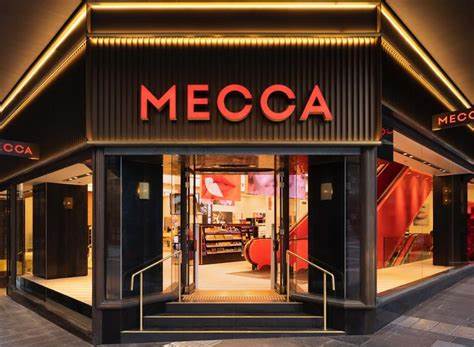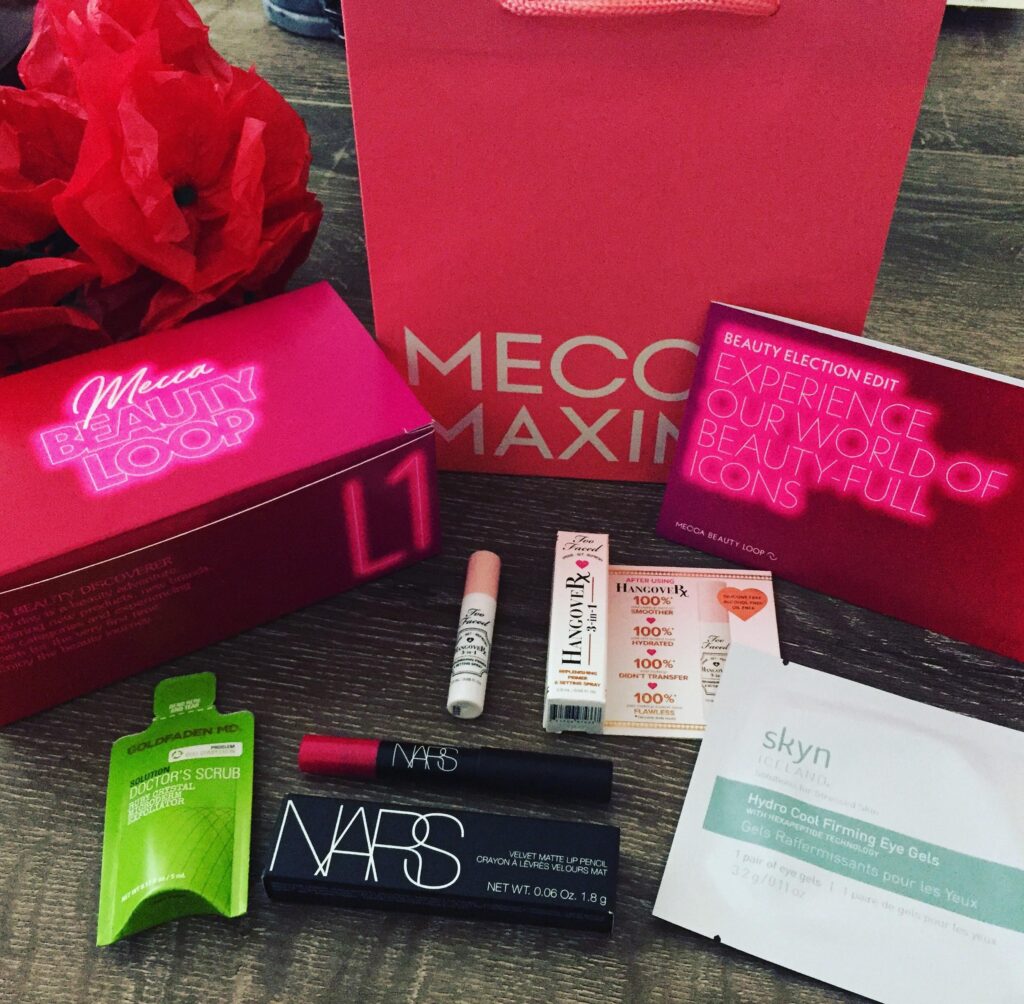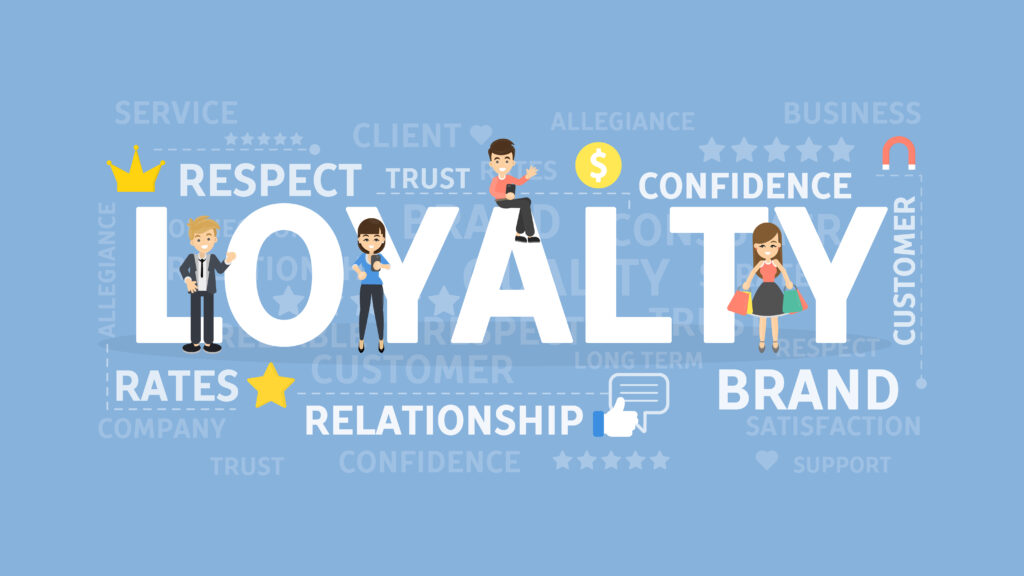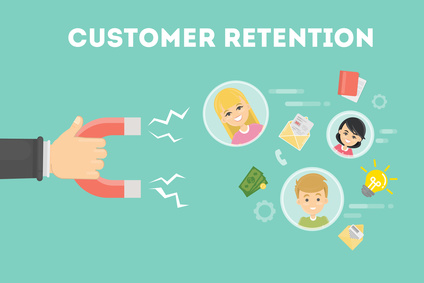
The global loyalty program market is valued at $180 billion in 2022 (estimate). The market is forecasted to grow at a CAGR of 5–6 percent to $179–191 billion between 2022 and 2026 (forecast)1.
Loyalty programs have evolved from simple rewards-based marketing tactics and cost centres into advanced data, marketing, and customer engagement powerhouses. They are now an essential element to many companies’ enterprise strategies. Driving growth across various markets and industries worldwide, and in some instances, becoming significant profit centres.
The ways in which loyalty programs typically generate revenue for a business can be classified into six categories:
- Acquisition
- Spend
- Engagement
- Retention
- Advocacy
- Data Utilisation
To help explain each of the above categories, I have used one of the most successful loyalty programs in Australia, Mecca Beauty Loop, to show this in real practice.
Mecca Beauty Loop
Mecca Beauty Loop is a tier-based loyalty program that unlocks rewards as you move up tiers. The jewel in the crown is the Beauty Loop Boxes, which are sample-filled boxes of beauty products that members receive four times a year (and must pick up in store – more on this later). The higher the status tier, the better the quality samples provided in these boxes.
All tiers receive a birthday gift each year and complimentary samples with online orders over $25. Members within the top two tiers also enjoy complimentary makeup applications and exclusive invitations to events. Including in-store masterclasses and Q&As with brand founders.

1. Acquisition
Acquiring new customers generates incremental revenue but it can be expensive. Based on Loyalty & Reward Co research and insights, rising third-party acquisition costs are a consistent trend across all major industries. With many enterprises investing more money into their own formalised customer loyalty strategies to combat this growing expense.
Most companies associate two metrics related to acquisition:
- ARPNC: average revenue per new customer, or how much each new customer contributes to company revenue stream on average over a defined period.
- CPA: cost per acquisition, or the amount of money spent to acquire one new customer on average.
Loyalty programs are an excellent strategic tool to grow ARPNC while reducing CPA.
Mecca Beauty Loop – the uniqueness of the program, coupled with the extremely relevant rewards that members receive on a quarterly basis, strengthens brand value proposition and plays a huge role in customers wanting to join the program, improve the conversion funnel and ultimately acquisition. Notably, the program is fundamentally very simple but valuable for most customers. This is powerful in two regards, (a) members can genuinely unlock (and see they are unlocking) value on a consistent basis. And (b), members feel encouraged to talk about their box because of the affinity it generates for the brand.

2. Spend
Influencing existing customers to spend more can be much more cost-effective than acquiring new customers.
Most companies associate two metrics related to spend:
- ARPC: average revenue per customer, or how much each customer contributes to the company revenue stream on average over a defined period. An alternative is Average Revenue Per User (ARPU).
- AOV: average order value, or the average transaction amount spent by members over time. This is calculated by dividing the total amount spent by the number of transactions made within the period.
Loyalty programs are the ideal marketing strategy for growing ARPC and AOV.
Mecca Beauty Loop – The brilliance of this program lies in its ability to incentivise member spending. Which in turn generates significant savings for Mecca. It’s a win-win situation for everyone involved:
- Spend – by providing members with sample-filled boxes of beauty products four times a year which they must collect instore. This provides a valuable up sell opportunity for Mecca as members are coming instore and will see all the new product ranges.
- Savings – the commercial model underpinning the program is very cost-effective for Mecca. The beauty brands pay for the samples included within the Beauty Loop boxes as a way of reaching the highly engaged member base. This provides Mecca with an efficient reward, meaning that it is an inexpensive cost to Mecca, but has a high perceived value by the member.

3. Engagement
Effective customer engagement not only boosts customer satisfaction and loyalty but also encourages advocacy and word-of-mouth promotion. By actively engaging customers, companies can gather valuable feedback, anticipate customer needs, and create tailored experiences that enhance overall satisfaction. Ultimately, strong customer engagement contributes to increased lifetime value and long-term business success
Mecca Beauty Loop – Mecca continues to engage all members across different touchpoints at both transactional and non-transactional moments. Through social channels; Instagram, TikTok and the Mecca Chit Chat Facebook group. Mecca has created a platform for true engagement and the ability for members to further learn about the products and share their thoughts with others.

4. Retention
Retention refers to the ability of a company to keep its customers over a period of time. It involves strategies and efforts to maintain customer loyalty, minimise churn, and encourage repeat business.
Although it varies widely by industry, it can be anything from 5 to 25 times more expensive to acquire a customer than retain a customer. In addition, increasing customer retention rates by 5 per cent can increases profits by 25 per cent to 95 per cent.[2]
Most companies associate two metrics related to retention:
- Churn: the percentage of existing customers at the beginning of the year that remain customers at the end of the year.
- CRC: customer retention cost, or the average amount it costs to retain a customer at risk of churning. This is calculated by adding all incremental costs associated with retaining a customer divided by the active number of customers in the period.
Churn is typically reported as a percentage rather than the actual volume. Companies have an expectation that some of their customers will cease spending at some stage. In times of high growth, the number of lost customers may also increase. However, the relative proportion of lost customers as a function of existing customers is a more critical metric.
Mecca Beauty Loop – through their tiered based model, Mecca understands where each member is on their journey. Whether this be high value members, disengaged members and everyone in-between. By segmenting each of these groups, Mecca can communicate targeted messaging that is relevant and desired to the member. Which ultimately helps to avoid churn. As an example, Mecca may invest more time and resources into their high-value segments via special events and greater discounts, making sure that they do not churn, as this segment, although small, will provide a large percentage of sales and revenue to the business. Whereas the disengaged members, may just receive an email with a generic offering to try and get them engaged again.

5. Advocacy
Best-practice loyalty program operators strive to turn members into brand advocates and promoters. This can be measured in a variety of ways including Net Promoter Score (NPS).
Loyalty program operators can capitalise on advocacy by inviting members to provide reviews (sometimes incentivised). Engaging positively with the brand’s social media channels, or providing referral incentives.
Companies may choose to over-invest in these members, to grow share of wallet and ensure long-term retention. This can also help with acquisition through advocates promoting the product or service, which helps to minimise the acquisition cost.
Mecca Beauty Loop –Mecca has created the social channels; Instagram, TikTok and the Mecca Chit Chat Facebook group, for members to join, engage with other members and learn more about the brand. This provides a fantastic ecosystem for members to build their knowledge of the brand and move closer to becoming an advocate. This allows Mecca to capitalize on social identity theory, whereby a person’s sense of who they are is based on their membership of different groups. Tajfel (1978)3 Tajfel theorised that groups which people belonged to as social classes (such as sporting teams, families, groups of friends, workplaces, etc.) were an important source of pride and self-esteem.

6. Data Utilisation
Loyalty programs are in a unique position to collect both first- and zero-party data. By providing a value exchange, a loyalty program can lead to members sharing their data. This ultimately helps with analytics and personalisation of communications, offers and experiences for the member.
Mecca Beauty Loop – the tier-based program allows Mecca to have full visibility over what each member is purchasing, and which tier they sit in. The social media channels provide an earpiece to how members are feeling and what is resonating with them. Together, this data provides Mecca with amazing insights and the ability to build future programs and offerings around member desires.

In Summary
Loyalty programs are no longer just about offering rewards; they have become sophisticated tools that drive significant growth and profitability.
The Mecca Beauty Loop exemplifies how effective loyalty programs can generate incremental revenue across six key categories: acquisition, spend, engagement, retention, advocacy, and data utilisation. By offering tier-based rewards, engaging members through various touchpoints, and using data to personalise interactions, Mecca Beauty Loop successfully enhances customer loyalty and drives growth.
In summary, loyalty programs unlock real opportunities for businesses to grow incremental revenue by transforming customer relationships into lasting and profitable connections. By implementing a well-designed loyalty program, companies can achieve sustained growth and a competitive edge in their markets.
Looking for consultants to design your loyalty program?
Our loyalty consultants have helped global brands take the critical steps to design unique and effective loyalty programs, as well as support ongoing evolution to meet changing business and consumer expectations. Contact us to learn more about our comprehensive loyalty services and talk with our loyalty consultants to understand how to develop or optimise your loyalty program strategy.
- Loyalty Programs Market Intelligence – omg.com.pr/loyalty-programs-market-outlook ↩︎
- Gallo, A, 2014, ‘The value of keeping the right customers’, https://hbr.org/2014/10/the-value-of-keeping-the-right-customers accessed 14 July 2023 ↩︎
- Tajfel, H. & Turner, J. C., 1978, ‘An Integrative Theory of Intergroup Conflict’, The social psychology of intergroup relations, pp33-47 ↩︎

